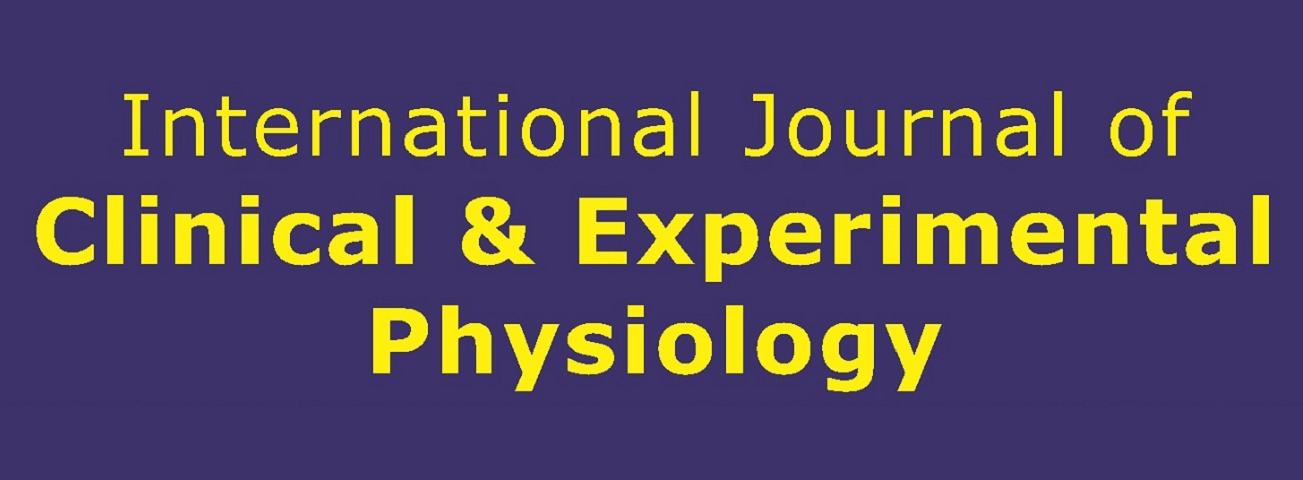Premetabolic Syndrome is a Major Cardiovascular Disease Risk in Indian Population
Abstract
The metabolic syndrome (MS) is characterized by several cardiovascular (CV) risk factors and is associated with an increased incidence of diabetes, CV events and mortality. The prevalence of MS is increasing in epidemic proportions worldwide, but presently it is most common in India. MS is characterized by the presence of abdominal obesity, high fasting glucose, atherogenic dyslipidemia and high blood pressure.[1] MS is related to other comorbidities including, prothrombotic state, proinflammatory state, non-alcoholic steatohepatitis and reproductive disorders. MS is also associated with increased risk of type 2 diabetes, CV disease and all-cause mortality. Furthermore, there is evidence that MS is an effective clinical tool to identify individual’s predisposition to high risk of CV disease and type 2 diabetes. Prevalence of MS is increasing in epidemic proportions in both developed countries and developing countries. The worldwide prevalence of MS in the adult population is estimated between 20% and 25%. According to data from the National Health and Nutrition Examination Survey (NHANES) 2009–2010, about one-fifth of the adult population of the United States had high cardiometabolic risk, with the prevalence of MS (adjusted for age) being estimated at 22.9%.[2] In Indian population, the prevalence of MS is more than 40% above the age of 40 years.[3]






